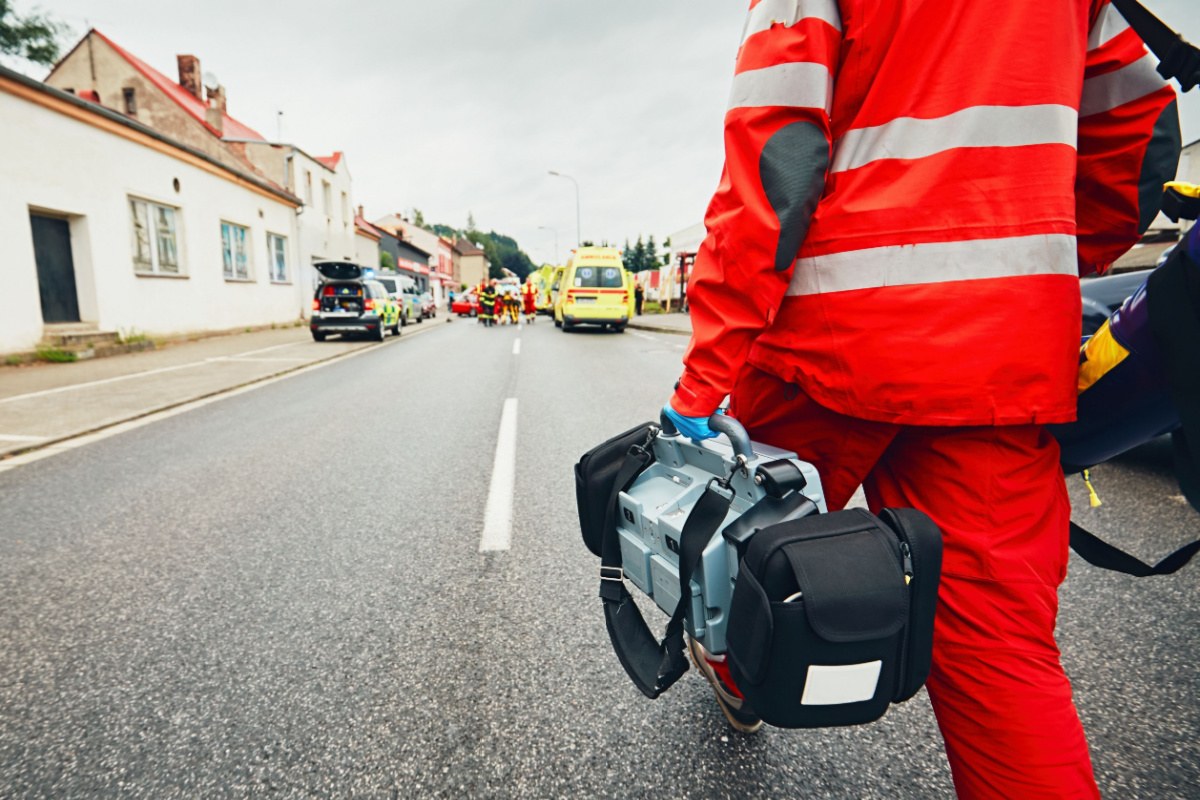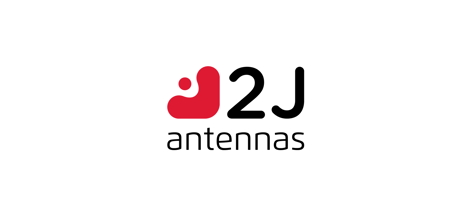Wireless technologies help first-responders reach patients in a short amount of time and administer the appropriate care on their arrival. This is achieved through the real-time communications and precise locational information provided by specific devices.
Antenna integration is a vital part in ensuring these wireless devices can perform their specific role and help first-responders save more lives. In this article, we dive into the different technologies used in emergency services and the importance of antenna integration.
The role of eHealth for first-responders
Emergency response time is a crucial factor in patients receiving the care they need before it’s too late. Reducing the response time of paramedics by just one minute increases the survival rate of the patients with sudden cardiac arrest by 24%. Because of this, emergency services are actively adopting technologies that help them reach patients as fast as possible.
eHealth plays a major role for first-responders to be better equipped to save lives. These technologies support real-time communications between the EOC (Emergency Operation Centre), hospital, paramedics and patients to eliminate unnecessary briefing periods and keep all parties informed. Moreover, they provide precise locational capabilities so that first-responders can reach the patient ASAP. All in all, wireless technologies have become an integral part of modern emergency response services.
Wireless technologies at each stage of an emergency response
Dialer to EOC
In most regions an emergency dialer will automatically transmit their location to the EOC on transfer to the appropriate service. Landlines can be traced to an address or grid reference, whereas mobile devices can be traced via advanced mobile location technology. This can be performed via cellular, Wi-Fi or GNSS, and provides the EOC with vital locational data to pass on to paramedics as soon as the call begins.
EOC to paramedics
During the emergency call, the EOC will ask for important information such as the patient’s status, their precise location and further context around the situation. All this data will be transmitted in real-time to paramedics to a mobile data terminal (MDT) in their response vehicle. This provides them with vital information to properly prepare the right level of urgent care to administer on arrival to the patient.
Paramedics to dialer
The MDT has full GNSS navigation capabilities to pinpoint the dialer’s location and ensure the paramedics arrive at the location as quickly as possible. Once they have arrived, the paramedics can administer care and update the patient’s status via an Electronic Patient Care Report (ePCR). This allows paramedics to record the patient’s condition, medications they have administered and the care that has been provided. This data is transmitted to hospitals so that they can be prepared on the patient’s arrival and administer the appropriate care ASAP.
The importance of antenna integration for first-responders
Each step of an emergency response utilises different wireless technologies to help first-responders reach patients in a short amount of time. Because of this, each device uses different wireless technologies to better suit their specific role. For example, the precise locational features of an MDT utilises GNSS communications, whereas transmitting patient vitals via ePCR requires more throughput than GNSS can provide. As a result, cellular and Wi-Fi networks are better suited for this role.
Depending on the specific device, wireless technology and stage of response, there are different antennas that suit each variable. For locational devices, reliable GNSS modules are vital to ensure around-the-clock operation to reach patients. For transmitting patient data, embedded SMD antennas showcase high performance on cellular frequency bands to ensure important information can be reliably transmitted and received. In summary, antenna integration is integral for eHealth technologies to fully support first-responders.
Integrate the perfect antenna to for your eHealth application
First-responders rely upon wireless communications to reach critical patients before it is too late. They need high-performance devices that can transmit data in real-time, provide precise locational information and help them administer the right care to the patient. Antennas play a crucial role in ensuring each of these devices can perform their specific role.
At Antenova, we provide a wide range of wireless solutions that provide exceptional performance, efficiency and reliability in any design. Our team of experts can help you find the perfect antenna solution that ensures your device performs its required function around-the-clock without the risk of interference. No matter your specific eHealth application, our products provide performance without compromise.
To find out more about our wide range of high performance antennas and integration support, contact a member of our team today




